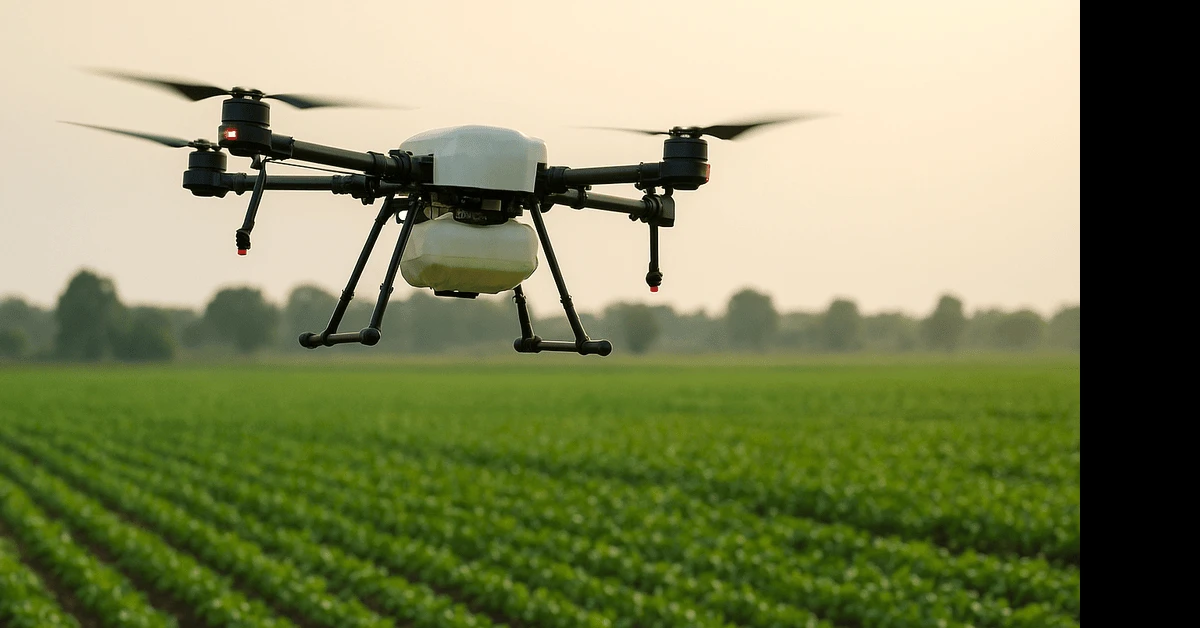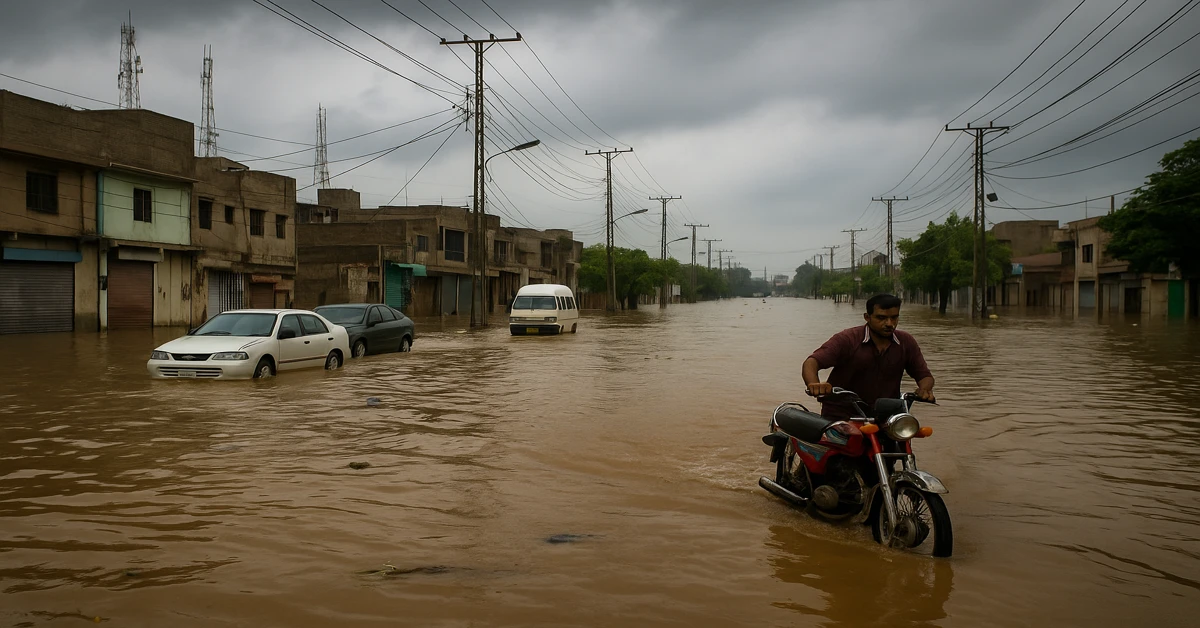Last Updated: September 24, 2025
Low-Cost Drones Made in Pakistan: A New Era for Smart Agriculture

A quiet revolution is taking off in the skies of rural Pakistan—not with expensive imported technology, but with affordable, locally built drones designed specifically for agriculture. As the country battles challenges like low crop yield, pest infestations, and water scarcity, these drones are emerging as a game-changer for farmers who were previously excluded from the benefits of modern precision farming.
The Rise of Pakistani Drone Startups
Until recently, most agricultural drones in Pakistan were imported at high costs, making them accessible only to large landowners. Today, a new wave of Pakistani startups is producing drones at a fraction of the price. These companies are using locally available parts, 3D printing, and open-source flight software to build machines tailored for crops like wheat, rice, cotton, and sugarcane.
According to agricultural engineers, a drone that once cost more than $15,000 can now be built for under $3,000 in Pakistan. This drastic price cut has opened the door for small and medium-scale farmers to adopt drone technology.
How Drones are Helping Farmers
- Crop Monitoring: Drones equipped with cameras capture real-time aerial images to spot crop stress, nutrient deficiencies, and disease early.
- Precision Spraying: Instead of wasting water and pesticides, drones spray only where needed, cutting chemical costs by up to 30%.
- Yield Prediction: Advanced drones use sensors and AI models to estimate harvest outcomes more accurately than traditional methods.
- Irrigation Planning: By mapping soil moisture levels, drones help farmers optimize water use—critical in water-scarce regions.
Case Studies from Rural Pakistan
In Punjab’s cotton belt, farmers using low-cost spraying drones reported reduced pesticide costs and improved crop health. In Sindh, drone-based crop surveys are being used to predict flood damage, helping insurance companies design better policies for farmers. Even in Balochistan, experimental trials are underway for drone-based irrigation mapping in fruit orchards.
Challenges in Adoption
Despite the progress, several hurdles remain:
- Regulation: Pakistan’s Civil Aviation Authority has strict drone policies that often slow down commercial adoption.
- Training: Farmers require technical skills to operate drones effectively.
- Financing: Even at reduced costs, many small farmers still need subsidies, loans, or cooperative ownership models to afford drones.
The Future of Smart Farming in Pakistan
With government support, these drones could scale rapidly. Experts suggest that subsidizing locally built drones could raise national crop yields by up to 20%. Beyond agriculture, these drones could also serve in disaster management, livestock monitoring, and environmental research.
Pakistan has the opportunity to not only feed its people more efficiently but also export homegrown drone technology to other developing nations facing similar agricultural challenges.
Conclusion
Low-cost drones are more than just gadgets—they are a symbol of Pakistan’s innovation and resilience. As rural farmers embrace this technology, Pakistan’s agricultural future looks ready to soar, quite literally, into the skies.
FAQs
Are drones legal for farming in Pakistan?
Yes, drones can be used for agricultural purposes, but users need clearance from the Civil Aviation Authority for large-scale operations.
How much does a locally made agricultural drone cost?
Depending on features, locally built drones range between $2,000 to $5,000, far cheaper than imported models.
Can small farmers afford drones?
While individual farmers may struggle, cooperatives and government subsidy programs can make drones affordable for smallholders.
Which crops benefit most from drones in Pakistan?
Major crops include wheat, rice, cotton, sugarcane, and maize. Fruit orchards are also beginning to use drones for irrigation mapping.
What’s the future of drone technology in Pakistan’s agriculture?
The future points towards AI-powered drones capable of automating decision-making in farming, reducing human effort and increasing yield efficiency.
You May Also Like:

How Drones Are Changing Disaster Relief in Pakistan: Current Deployments, Case Studies, and a Roadma...

The New Era of Immigration: Stricter Rules, Higher Costs, But Hope Still Exists...

How Your Smart TV Spies on You More Than Your Smartphone...

The Hidden Cost of Free AI Tools: How You’re Paying With Your Personality Data...

Aisam-ul-Haq Retirement From Tennis: End of an Era for Pakistan’s Greatest Tennis Star...

The Post-Messi-Ronaldo Era: Who’s Really Carrying Football’s Global Popularity Now?...

PMD Issues New Flood Alert in Pakistan from July 19 to July 25: Latest Updates & Death Toll...

